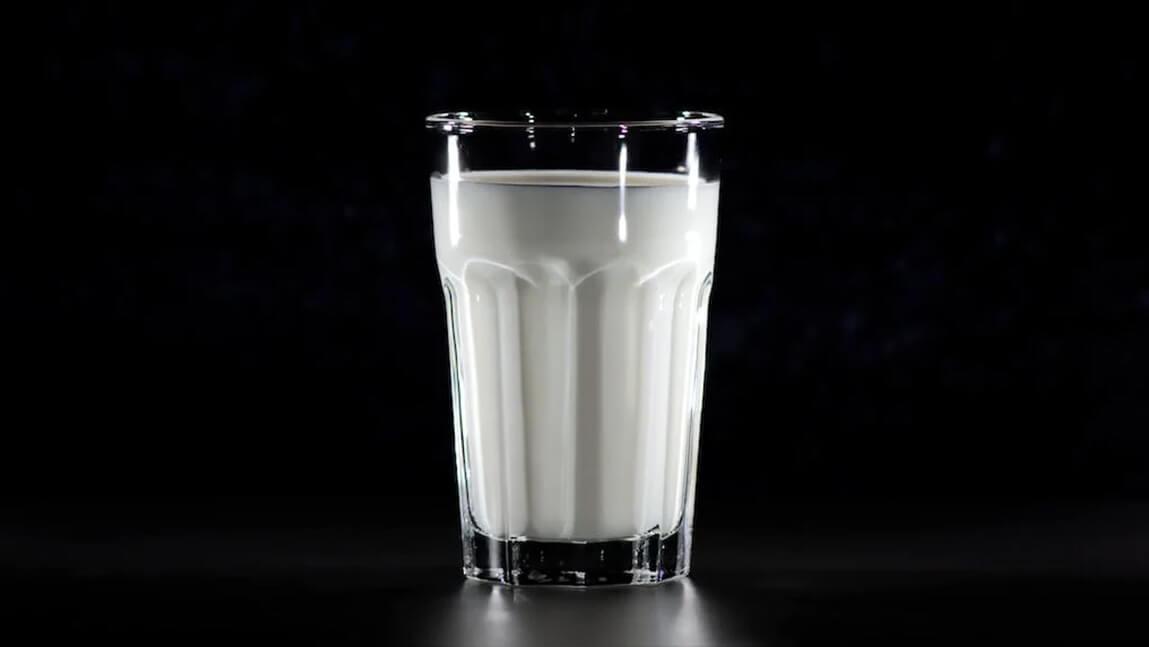By Whitney Hull
Extension Dairy Specialist
University of Vermont
As we look ahead to what 2024 will bring for milk prices, it’s helpful to reflect on the trends of 2023 dairy production and consumption. Milk prices continued to rise as lower milk production prompted a drawdown in dairy product inventories despite demand remaining flat. Growth in domestic commercial use of milk in all products was offset by a drop in the volume of U.S. dairy exports.
According to data collected by the National Milk Producers Federation (NMPF), between April and October 2023, the U.S. exported roughly 2 percent less of its milk solids production than it did over the same period in 2022. The key products contributing the most to this loss are dried and modified whey, whey protein concentrate, skim milk powder, butter and anhydrous milkfat and cheese. Exported milk solids lost an overall 12 percent of their per-unit dollar value during this period, reflecting the toll weaker worldwide import demand has had on international dairy prices.
The NMPF also reported that total U.S. milk production slowed throughout the second half of 2023, due to lower cow numbers and flat production per cow. With some northeastern co-ops lifting the quota in 2024, we can expect to see modest increases in milk production in pockets of the Northeast.
Looking ahead to 2024, the Federal Milk Marketing Order advanced Class I base price will be weaker to begin the year. At $18.48/hundredweight (cwt), the January price is $1.28 less than December 2023 and $3.93 less than January 2023. The Chicago Mercantile Exchange Class III and IV futures show a soft start to the year with futures increasing steadily from March through April 2024.
As of the week of January 7, the December Dairy Margin Coverage (DMC) margin was forecast at $8.89/cwt, which would trigger Tier I indemnity payments at $9 and $9.50 coverage levels. However, the actual margin will be announced on January 31. Futures markets also were expecting the DMC margin to average about $8.95/cwt during 2024, which would be $2.20/cwt higher than 2023’s projected average margin.
In dairy policy, the U.S. House of Representatives approved the Whole Milk for Healthy Kids Act, but the bill was blocked in the U.S. Senate by Sen. Debbie Stabenow (D-Michigan), chair of the Senate Agricultural Committee. Despite the potential for this bill to increase milk consumption in schools, Stabenow felt that school milk standards should fall under the upcoming Dietary Guidelines for Americans, which is expected to be released in 2025.
For more information, visit https://go.uvm.edu/milk-prices.
